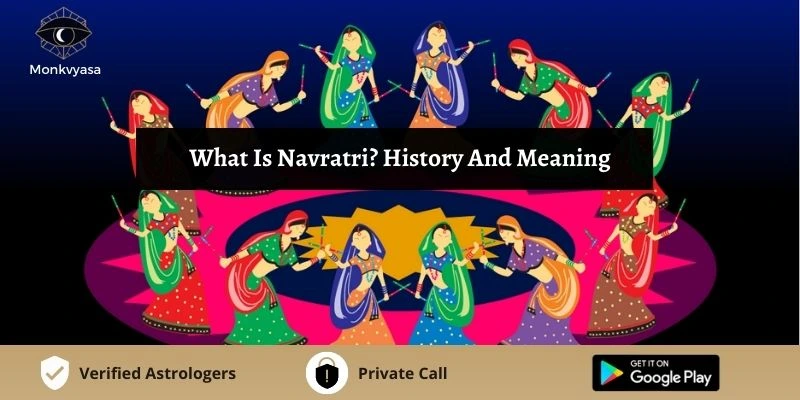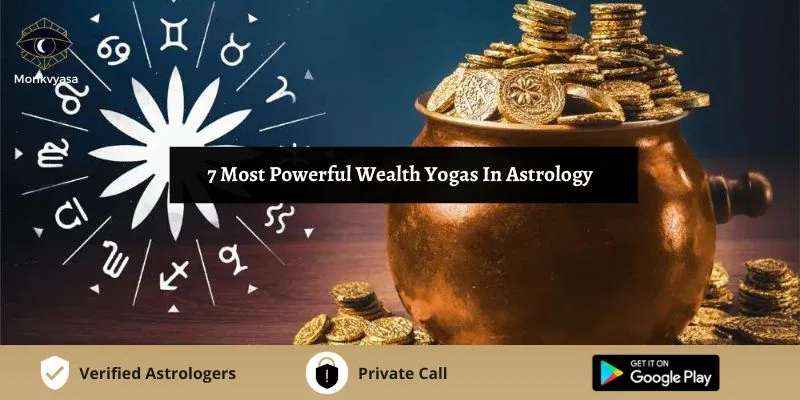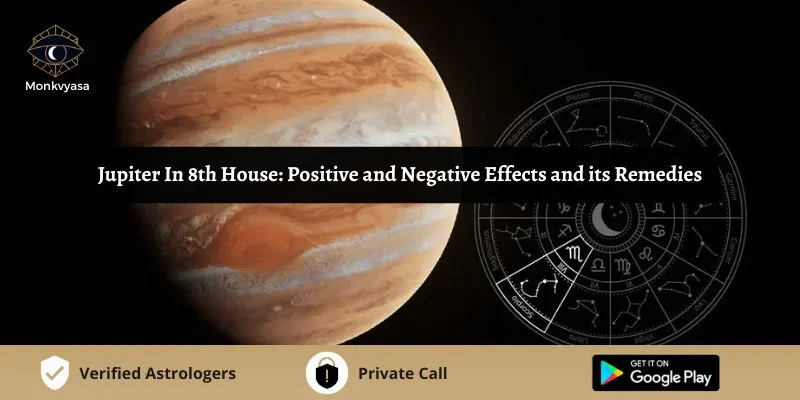

Navratri is a Hindu festival of nine nights (and ten days) in autumn every year. It is widely celebrated in India, Nepal, and other countries with significant Hindu populations. This festival is celebrated in honor of the Hindu goddess Durga.
The word Navratri literally means nine nights in Sanskrit, Nava meaning nine and Ratri meaning nights. During these nine nights and ten days, nine forms of the Goddess are worshiped. This Festival is celebrated in the months of September or October and is a widely celebrated festival in the Indian subcontinent. The festival is a time of fasting, feasting, and worship.
History of Navratri
The history of Navratri can be traced back to ancient India and is believed to have its origins in the Vedic period. It was originally a harvest festival celebrated to mark the end of the summer season and the beginning of the winter season.
Over time, it has evolved into a religious festival widely celebrated by Hindus all over the world. In many parts of India, this festival is considered one of the most important Hindu festivals.
How Navratri is Celebrated
During this festival, devotees of Durga worship her nine forms known as the Navadurga. The first three nights are dedicated to each form of Durga, followed by three nights for Lakshmi (the goddess of wealth and prosperity), and finally three nights for Saraswati (the goddess of knowledge and wisdom).
Also Read : Vedic Astrology Benefits, History And Disadvantages
The 9 Nights of Navratri
Devotees across India celebrate the nine nights of Navratri with great fervour and devotion. On these nights, Goddess Durga is worshiped in all her nine avatars. The ninth night, which is also the last night of Navratri, is celebrated as Maha Navami.
It is a time when people come together to worship the divine female energy in all her forms. It is also a time for people to reflect on their own inner strength and power. For nine nights, devotees offer prayers and perform special pujas to honour the different avatars of Goddess Durga.
On the last night of Navratri, Maha Navami, devotees perform the Chandi Homam. This powerful puja involves chanting mantras and offering oblations to the sacred fire.
The 10th day of Navratri: Dussehra or Vijayadashmi
Vijayadashami, also known as Dussehra, is the tenth and final day of the Navratri festival. It is celebrated in honour of the Hindu god Rama, who is believed to have defeated the demon king Ravana on this day. The festival also marks the end of the autumn harvest season in India.
On Vijayadashami, Hindus offer prayers and perform puja ceremonies to Rama. They also exchange gifts and feast on special foods. In some parts of India, the effigies of Ravana are burned to symbolize the victory of good over evil.
This festival is a time of joy and celebration for Hindus all over the world. On Vijayadashami, we remember Rama’s victory over evil and give thanks for all that we have been blessed with.
Conclusion: History and Meaning of Navratri
In conclusion, Navratri is a nine-day Hindu festival that is celebrated every year in the month of October or November. The festival is celebrated to honour the nine forms of Goddess Durga. Navratri is a time for fasting, prayer, and puja. It is also a time to enjoy music, dance, and feasting. To know more about Navratri talk to our best Astrologers.
Follow us on Instagram and Youtube for more Astrological videos.




 Call Now !
Call Now !



